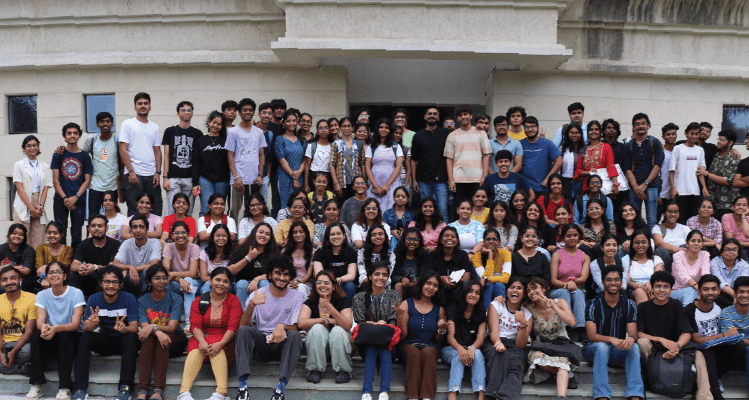Stranded on a busy road without a vehicle of your own, how do you get home? Book a cab, maybe. In this age, people are open to such options. It’s the experience that customers covet, not the product.
With the declining value of possessions, the value of experiences has rocketed. “The thing that we want to drive home the most is brand love,” says our speaker Dhun Patel, the Founder and Director, Therefore Design and Co-Founder, Atah Lifestyle. Her core focus is to help businesses bridge the gap between brands and consumers. She mentors design teams in research and design thinking processes, empowering them to look beyond the obvious and create path-breaking design solutions.
Red colour when associated with a beverage brand is undoubtedly Coca-Cola and one of the reasons for this high brand recall value is its iconic packaging. With an inverted ketchup bottle, Heinz made the packaging functional and much more user-friendly. Ever wondered whether Kinder Joy is more about the chocolate or the toy? Pushing the envelope over packaging, this brand uses disruptive packaging.
With a focus on building a sense of community, packaging has evolved towards sustainability, empathy, local and natural ways. “As the millennial generation has arrived, authenticity has become an important factor.” says Dhun, “The shifting technology will drastically change the way we look at packaging.”
There are 5Cs to look out for while designing a package. The context, being the first C, needs to be completely understood. To show the healthy side of a snack brand like Haldiram, the context needs to be clear. And this reflects on the packaging.
The second C is the customers or consumers. With a lot of brands making hoax claims at being organic, authentic brands like Organic Tattva find it difficult to prove themselves. Having made a compromise on the design element, Dhun says, “ The need of the hour was to build trust by highlighting certifications.”
Competition makes you better, they say. But here completion, the third C, made them look differently as well. While packaging for a frozen food brand, Elicious, a bold decision to ditch the normal red and yellow colour palette was made. With white coming into picture, yellow was retained. Further, downsizing the product image to highlight the name made the brand stand out among its competitors.
We have a plethora of channels, from local vendors to supermarkets to megamalls. And a new problem follows every different channel, the fourth C. For an ice-cream brand like Baskin Robins, packaging design may not have been critical when being sold at one its parlours. But it becomes very significant to stand out when put on a rack with four other ice-creams. “It’s not a compromise, it’s an improvement,” says Dhun while talking about the vertical tower-like design of Baskin Robins chocolate box instead of the conventional flat box design.
As indulging and mesmerizing as they are, compelling stories form the last and fifth C of Packaging Design. Fit & Flex Granola, a food brand, narrates the story of a forest of goodness through its packaging. Highlighting the use of real fruits, it differentiates itself from its competitors.
With careful attention to the 5Cs, one can design packaging better. But money matters, doesn’t it? Dhun says, “Typically the clients want to close the packaging at 4–5% of the product’s cost.” To strike a balance between the cost and design of the packaging is a task.
With progressing times, the need for sustainable packaging has also evolved and changed. It might seem like an additional cost now, but it is a slow evolution. Even eliminating a small sticker from the packaging can cause a huge positive impact.
If you want to make a brand that is iconic, move away from the category codes.Written by,
Esha Mehta
